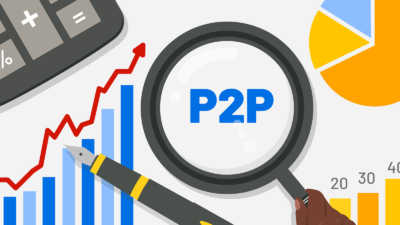In recent years, the rise of smart home devices has transformed the way we live, making our homes more efficient, convenient, and secure. As technology advances, so do the opportunities to enhance our home security systems. According to CyberGhost (CG) research, integrating smart technologies into our homes has significantly reduced the risks of burglary and unauthorized access. But with convenience comes responsibility, especially when it comes to cybersecurity.
The Rise of Smart Home Security
Smart home security systems are revolutionizing how we protect our homes. From smart cameras and doorbells to motion sensors and alarms, these devices allow homeowners to monitor their properties in real time, no matter where they are. With remote access via smartphones, individuals can check in on their homes anytime, receive alerts, and even communicate with visitors through video feeds. This level of control gives homeowners peace of mind, knowing they can address security threats instantly.
But as we embrace these technologies, it’s crucial to be mindful of their vulnerabilities. Many smart devices connect to the internet, and without proper protection, they can become entry points for cybercriminals. Cybersecurity must be a priority to ensure these devices aren’t exploited. For instance, when considering home protection while on vacation, making sure that your smart security devices are properly encrypted and protected is key. Ensuring the devices are updated regularly and using strong passwords can help prevent potential breaches.
Securing Your Smart Home Devices
Smart homes offer greater convenience, but they also bring added complexity when it comes to security. For remote workers, integrating robust security measures into their smart devices is vital. Implementing strong passwords, enabling multi-factor authentication, and using secure Wi-Fi networks are essential steps to protect these systems from potential hackers. Additionally, considering remote worker cybersecurity tips, such as using a VPN to secure internet connections and avoiding public Wi-Fi for work-related tasks, can further reduce the chances of cyber threats.
It’s important to note that not all smart home devices are created equal. Homeowners should do thorough research before purchasing smart security systems to ensure they come with built-in safety features, such as end-to-end encryption and regular software updates. This will help keep devices protected against potential threats and ensure the security of the entire home.
Another emerging aspect of smart home security is the integration of biometric authentication. Facial recognition, fingerprint scanning, and even voice recognition are being incorporated into smart locks, security cameras, and home automation systems to provide enhanced protection. These features not only make access more secure but also offer personalized control over home security settings. For instance, AI-powered systems can differentiate between family members, guests, and unknown individuals, automatically adjusting security protocols as needed. As biometric technology continues to evolve, it will further strengthen the security framework of smart homes, reducing reliance on passwords and making unauthorized access increasingly difficult.
Conclusion
As smart home technology continues to evolve, so too must our approach to security. While these devices offer unprecedented convenience and control, they also introduce new risks. By taking proactive steps to secure your smart home, you can enjoy the benefits of these advancements while minimizing potential vulnerabilities. Ultimately, a smarter home means a safer home, but it’s essential to stay informed and vigilant in safeguarding your privacy and security.




